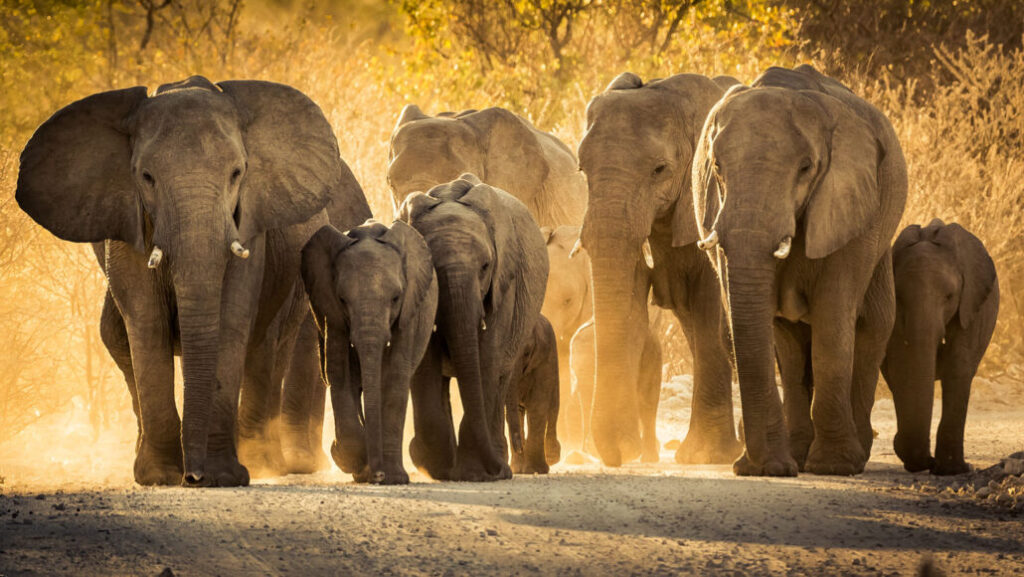
Nasionalberita.com – Elephants, the magnificent gentle giants, stand as the mightiest land-dwelling mammals. Comprising three distinct species, their diversity extends beyond mere geographical distribution. Among them, the Asian forest elephant emerges, while Africa hosts the African savanna and forest elephants.
In addition to their habitat, these species vary in physical attributes. African elephants flaunt ears grander than their Asian counterparts. Notably, both male and female African elephants brandish impressive tusks, a feature found only in select male Asian elephants. African savanna elephants tip the scales at an imposing four to seven tons, whereas African forest elephants carry a weight ranging from two to five tons.
Historically widespread across Africa and Asia, elephants have endured a drastic decline in numbers throughout the past century. Asian elephants confront a dire predicament due to the encroachment of human expansion that erodes their habitats. The majority of African elephants have suffered a grim fate at the hands of poachers who trade in their prized ivory tusks.
Yet, the allure of elephants extends far beyond their ivory. Their intricate social hierarchies and remarkably dexterous trunks captivate the public’s imagination. Continually, scientists uncover intriguing revelations about these creatures. Here, explore five captivating facts about these astonishing beings.
Elephants exhibit the ingenious employment of their trunks for both ingesting food and showering themselves with water. The astonishment stems from the swiftness with which air and water traverse an elephant’s proboscis. Astonishingly, elephants propel air through their trunks at speeds surpassing hundreds of miles per hour. Furthermore, water courses through their trunks at a rate equivalent to around 3.7 liters (1 gallon) per second—comparable to the combined flow of approximately 24 showerheads.
Not limited to trumpeting, elephants produce “songs” comprised of infrasonic notes, resonating at frequencies too low for human ears to perceive—below 20 Hertz. This subsonic resonance travels astonishing distances, spanning up to 10 kilometers (6.6 miles) through the air and even further via the ground, facilitating long-range communication for elephants.
Legends of elephants imbibing fermented fruits to induce inebriation have endured for centuries. Long met with skepticism, these tales puzzled scientists due to the perceived impracticality of such consumption. However, recent revelations suggest that elephants might struggle with alcohol metabolization, potentially due to a genetic mutation. As a result, their capacity to handle alcohol appears limited.
The realm of sleep records also falls under the dominion of these fascinating creatures. Elephants earn distinction for their brief repose, with a mere two hours of sleep per night. They can forgo a night’s sleep without succumbing to the need for daytime naps. Typically, elephants doze while upright, reserving full rest for only intermittent nights. This perpetual alertness may arise from the constant threat of poachers. Notably, captive elephants indulge in even lengthier slumber.
Elephants’ remarkable accolades extend beyond peculiar sleep habits, encompassing olfactory prowess. Their olfactory gene repertoire reigns supreme, boasting approximately 2,000 genes dedicated to scent detection. For comparison, bloodhounds possess a modest 800 genes, while humans make do with a mere 40. This heightened sense of smell enables elephants to differentiate between subtly varying quantities of seeds that might appear indistinguishable to the naked eye.













